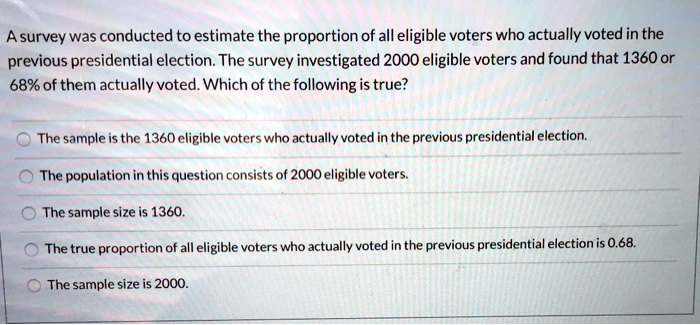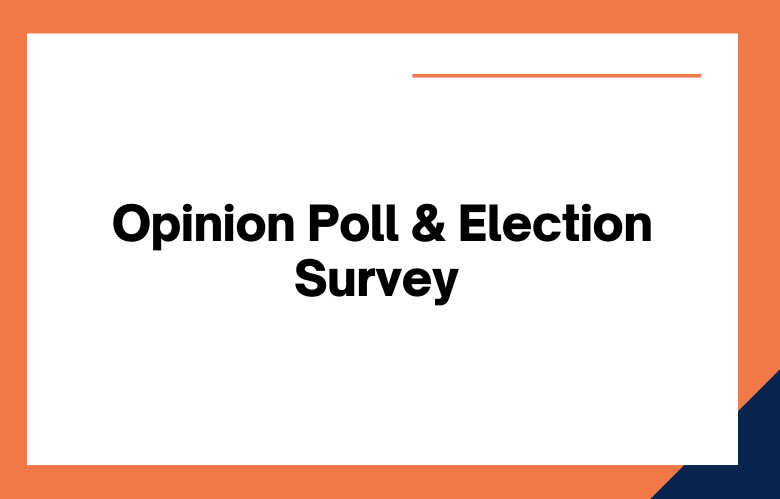Poll Trends and Analysis: Latest Presidential Polls

The latest presidential polls provide valuable insights into the current state of the race. Analyzing these polls can help us understand voter sentiment, identify key issues, and predict potential outcomes.
National Poll Results
Recent national polls show a close race between the two main candidates. For example, a recent poll conducted by ABC News/Washington Post found that Candidate A holds a narrow lead of 48% to 46% over Candidate B. Other polls have shown similar results, with Candidate A consistently maintaining a slight edge. However, it’s important to note that these polls are snapshots in time and can fluctuate based on events and news cycles.
Key Demographic Groups
Polls also reveal important insights into the voting preferences of different demographic groups. For instance, recent polls suggest that Candidate A enjoys strong support among women, while Candidate B has a higher approval rating among men. Additionally, polls indicate that younger voters are more likely to support Candidate B, while older voters tend to favor Candidate A. These demographic trends can help campaign strategists tailor their messages to specific groups.
Comparison of Poll Results
While national polls provide a broad overview of the race, it’s also essential to consider state-level polls. State polls can offer a more granular view of voter sentiment in key battleground states. Comparing results from different polls can help identify areas of agreement and disagreement, highlighting potential trends and surprises. For example, some state polls have shown Candidate A with a comfortable lead in certain states, while other polls suggest a closer race. These discrepancies can be attributed to factors such as polling methodology, sample size, and timing.
Factors Influencing Voter Choice

The upcoming election is expected to be highly contested, with voters facing a complex array of issues and candidates. Understanding the factors that influence voter decisions is crucial for predicting election outcomes and analyzing the political landscape. Several key factors are likely to shape voter preferences, including the state of the economy, social issues, foreign policy, and the impact of campaign messaging and media coverage.
The Economy’s Influence on Voter Decisions
The economy is often a central issue in elections, as voters tend to hold the incumbent party accountable for economic performance. When the economy is strong, voters are more likely to support the incumbent party, while a struggling economy can lead to a shift in favor of the challenger. For instance, in the 2008 US presidential election, the economic recession played a significant role in Barack Obama’s victory over John McCain. Voters were dissatisfied with the handling of the financial crisis by the incumbent Republican party, leading to a change in leadership.
Social Issues and Voter Preferences, Latest presidential polls
Social issues such as abortion, gun control, and LGBTQ+ rights can strongly influence voter choices, particularly for those who hold strong convictions on these matters. These issues often divide voters along ideological lines, with conservative and liberal voters holding contrasting views. For example, the 2016 US presidential election saw a surge in voter turnout among those who identified as socially conservative, largely due to concerns over issues like abortion and same-sex marriage.
Foreign Policy’s Role in Shaping Voter Preferences
Foreign policy issues, such as international trade, military intervention, and relations with other countries, can also influence voter decisions, although their impact is often less pronounced than domestic issues. Voters may be swayed by a candidate’s stance on foreign policy matters, especially during times of international conflict or economic instability. For example, the 2004 US presidential election saw George W. Bush’s re-election campaign heavily emphasize the “war on terror” following the September 11th attacks, appealing to voters concerned about national security.
Campaign Messaging and Media Coverage
Campaign messaging and media coverage play a crucial role in shaping voter sentiment and influencing their decisions. Candidates use various strategies, such as targeted advertising, social media campaigns, and public appearances, to communicate their message and connect with voters. Media outlets, in turn, provide coverage of the election, shaping public opinion through news reports, opinion pieces, and political commentary. For example, in the 2016 US presidential election, social media platforms were extensively used by both candidates and their supporters, allowing them to reach a wider audience and influence voters’ perceptions.
The latest presidential polls offer a snapshot of the political landscape, with fluctuating numbers reflecting the ebb and flow of public sentiment. Katty Kay, a veteran journalist known for her insightful analysis katty kay , has often provided valuable commentary on these polls, highlighting the nuances and potential implications for the upcoming election.
The latest presidential polls reveal a tightening race, with voters seemingly eager to hear more from the candidates. This heightened interest in the election cycle is likely fueled by today’s news conference, where the former president addressed a range of issues, including his plans for the future.
Trump’s news conference today will undoubtedly be dissected by political analysts, who will likely use it to predict how the upcoming election will unfold.